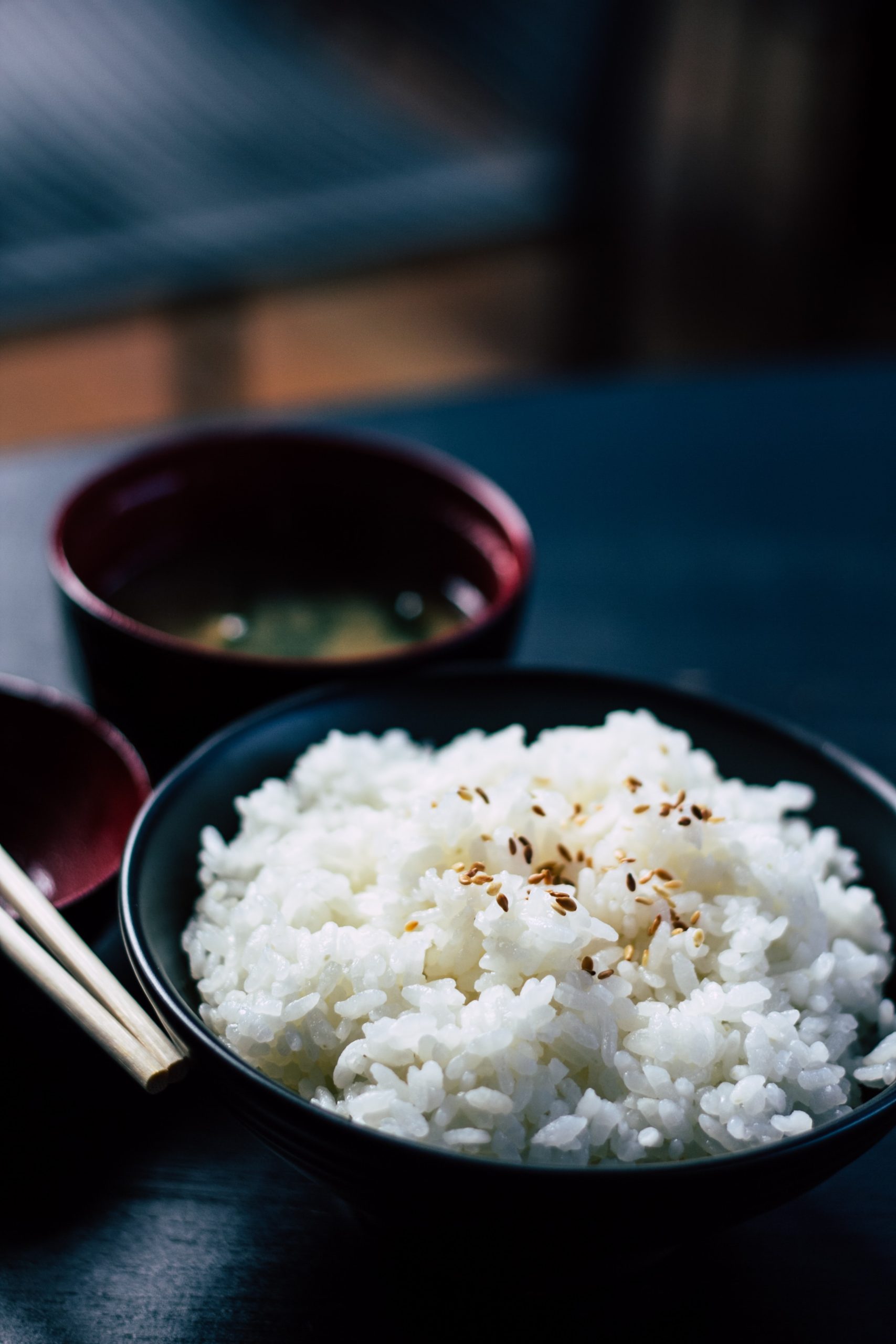Are you a health-conscious individual who loves to eat rice but is confused about which type of rice is the best for your health? If yes, then this blog post is just for you! With so many varieties available in the market, finding the most nutritious and healthy rice can be quite challenging. But worry not, as we have teamed up with a nutrition expert who will explain in detail about the problem with finding the healthiest rice and provide some useful tips on how to avoid consuming unhealthy types. So sit back, grab a bowl of your favorite rice dish, and read on to find out more!
What is the Problem with Finding the Healthiest Rice?
The problem with finding the healthiest rice lies in the fact that there are so many varieties available in the market. Each type of rice has its own unique nutritional value and benefits, making it challenging to identify which one is the best for your health.
Moreover, some types of rice can be highly processed and stripped off their natural nutrients during manufacturing, resulting in an unhealthy product. In addition to this, certain types of rice may contain high levels of arsenic or heavy metals due to soil contamination.
Another issue is that people often consume more than a recommended serving size of rice per meal. This can lead to consuming excess calories and carbohydrates, which may not be suitable for individuals looking to maintain a healthy weight or manage diabetes.
These factors make it challenging for consumers to choose the healthiest option when purchasing rice. However, with proper knowledge and awareness about different types of rice and their nutritional values, you can make informed decisions while shopping for healthier options.
The Types of Rice that are Bad for You
When it comes to rice, not all types are created equal. Some varieties of rice are actually bad for you and can have negative effects on your health. Here are the types of rice that you should avoid:
White Rice: One of the most common types of rice is also one of the least healthy. White rice has been stripped of its bran and germ layers, which contain many important nutrients like fiber, vitamins, and minerals.
Instant Rice: Although convenient, instant or quick-cooking rice has been highly processed with additives that can be harmful to your health.
Enriched Rice: While some brands may advertise their enriched white rice as a healthier option because they’ve added back in some vitamins and minerals lost during processing, it’s still lacking in many essential nutrients compared to other types of whole grain rices.
Arborio Rice: Arborio is often used in dishes like risotto but is high in starch content which causes a spike in blood sugar levels after consumption.
Choosing healthier alternatives such as brown or wild rice will provide more nutritional benefits without sacrificing taste or convenience.
How to Avoid the Worst Types of Rice
When it comes to rice, not all types are created equal. Some varieties of rice can actually do more harm than good when it comes to your health. Here are some tips on how to avoid the worst types of rice:
Firstly, avoid white rice as much as possible. White rice is stripped of its nutrients during processing and has a high glycemic index which can cause blood sugar spikes and crashes.
Another type of rice to steer clear from is brown basmati rice that is imported from India or Pakistan. These varieties have been found to contain high levels of arsenic due to contaminated water sources in those countries.
One alternative option is black or red rice which contains antioxidants and fiber that help regulate digestion and prevent chronic diseases. Quinoa, buckwheat, barley and other whole grains are also nutrient-rich alternatives worth exploring.
Always be mindful about where you source your rice from – look for organic options with minimal processing that come from reputable sources.
By being selective about the types of rice we consume, we can take steps towards improving our overall health and wellbeing.
What are Some Good Alternatives to Rice?
If you’re looking for alternatives to rice, there are plenty of options available that can add variety and nutrition to your meals. Here are some good alternatives to consider:
Quinoa – this ancient grain is high in protein, fiber, and essential amino acids. It’s also gluten-free.
Cauliflower rice – made by pulsing cauliflower florets in a food processor until they resemble rice grains. This low-carb alternative is packed with nutrients like vitamin C and K.
Buckwheat soba noodles – these Japanese noodles have a nutty flavor and are made from buckwheat flour. They’re a good source of protein, fiber, and antioxidants.
Barley- another ancient grain that has been used for thousands of years all over the world as a staple food in soups or salads due to its chewy texture.
Sweet potato or squash “rice” – similar to cauliflower rice but using sweet potato or squash instead. These options provide extra vitamins A and C while reducing carb intake.
By incorporating these healthy alternatives into your diet regularly, you can keep things interesting while still getting the necessary nutrients your body needs!
Conclusion
Finding the healthiest rice can be a daunting task, but it is possible to make informed choices. As explained by our nutrition expert, some types of rice are better than others when it comes to nutritional value and health benefits.
The key takeaway is to avoid refined white rice and opt for whole grain or wild varieties instead. Brown, black, red and wild rices offer numerous health benefits due to their high fiber content and nutrient density.
Additionally, you may want to consider alternative grains that offer similar textures and flavors as rice such as quinoa or couscous.
By making these simple changes in your diet choices regarding rice consumption you can greatly benefit your overall health while still enjoying delicious meals. Remember that small changes lead up big results so take one step at a time towards a healthier lifestyle!




